Press Release: Veritas Press C.I.C. Author: Kamran Faqir Article Date Published: 27 Aug 2025 at 12:47 GMT Category: Middle East | Palestine-Gaza | US-Israel At War Source(s): Veritas Press C.I.C. | Multi News Agencies
Airstrikes On Tents Amid Rising Starvation:
On August 27, 2025, Israeli drones and warplanes intensified air raids across the Gaza Strip, targeting tents sheltering displaced families, particularly in Khan Yunis and Gaza City. In one tragic incident west of Khan Yunis, the Kuwait Field Hospital confirmed that a drone strike on makeshift tents claimed the lives of a woman and a child. In another strike northwest of Khan Yunis, multiple fatalities occurred when a drone hit tents in the Asdaa area, and additional civilians were injured by Israeli gunfire near Khan Yunis.
Moreover, Gaza City witnessed further violence: emergency responders reported injuries from a drone strike in the Sheikh Radwan neighbourhood, while Al-Awda Hospital confirmed fatalities and injuries near the central Netzarim axis. Al-Shifa Hospital staff added that artillery shelling hit a residential house in the Al-Daraj district, killing two people. Israeli strikes also impacted neighbourhoods including Al-Tuffah and al-Sabra, and booby-trapped devices were detonated in al-Zarqa; Jabaliya al-Nazla saw residential demolitions and additional air raids in the Saftawi area.
Famine Deepens: Starvation Toll Surges.
Gaza’s Health Ministry reported that ten more Palestinians, including two children, died of starvation and malnutrition within the past 24 hours, raising the famine-related death toll to 313, with 119 of them children.
These deaths come amid an unprecedented famine declaration: the UN-backed Integrated Food Security Phase Classification (IPC) confirmed famine conditions in Gaza City, the first in the Middle East. Over 500,000 people are already experiencing catastrophic food insecurity, and projections indicate that number could rise to 641,000 by late September. Agencies like FAO, UNICEF, WFP, and WHO warn that the crisis can be reversed, but only with immediate, large-scale humanitarian access and a ceasefire.
Gaza’s Government Media Office reports that only 467 aid trucks entered Gaza over five days, far below the required 3,000. Over a month, just 2,654 trucks have made it through, many allegedly looted with Israeli complicity. Only about 14% of the required food has been allowed in, leaving an 86% shortfall.
Ground Offensive Intensifies, Assault On Civilians:
Meanwhile, Israeli forces are ramping up operations in Gaza City. Tanks rolled into the Ebad-Alrahman and Sabra neighbourhoods, levelling homes and forcing more residents to flee deeper into urban zones or eastward. A major airstrike, a “double-tap” attack, hit Nasser Hospital in Khan Yunis, killing 22 civilians, including five journalists and injuring dozens. Widespread devastation of neighbourhoods, mass displacement, and continued shelling underscore the ferocity of the assault.
Global condemnation is growing: over 200 European diplomats have urged the EU to pressure Israel to uphold international law. Meanwhile, US President Donald Trump is scheduled to chair a White House meeting on postwar Gaza, as death tolls exceed 100,000 Palestinians, with nearly half women and children, and starvation-related deaths topping 300.
A Deadly Strategy: Weaponising Starvation?
Analysts and humanitarian experts characterise the famine as deliberately engineered through siege tactics. Israel’s military model of aid distribution, tight blockade of food and essentials, and controlled aid inflows are seen as intentional uses of starvation as both a tool of war and collective punishment.
Humanitarian Collapse And Future Prospects:
- Medical infrastructure continues to collapse under bombardment, hampering rescue and treatment efforts.
- Displaced civilians in makeshift camps, especially tents, remain highly vulnerable, not only to aerial attacks but also to hunger and disease.
- Agencies warn that without a ceasefire and full humanitarian access, famine-related mortality will rise exponentially within days.
Contextual Overview:
- Drone Assaults on Tents
Gaza is facing relentless drone and artillery strikes, targeting displaced civilians in makeshift shelters across Khan Yunis and Gaza City. - Starvation Deaths Mount
The famine death toll has climbed to 313, including 119 children, and this is amid an officially declared famine, affecting over half a million. - Intensive Military Campaign
Israeli forces are intensifying street-to-street urban warfare, obliterating neighbourhoods and medical facilities, with significant loss of life and atrocities reported. - International Alarm & Diplomatic Movements
Diplomats, international organisations, and human rights groups are calling Israel’s conduct into question, some framing it as a war crime through famine. - Desperate Urgency
Reversal of this humanitarian catastrophe is still possible, but only through an immediate ceasefire, unrestricted humanitarian access, and global pressure to hold perpetrators accountable.
Conclusion: A Manufactured Catastrophe And The Politics Of Starvation.
The scenes unfolding in Gaza, tents shredded by drone fire, children starving in silence, and hospitals overwhelmed, are not the byproduct of a chaotic battlefield. They are the result of a deliberate, systematic policy. Israel’s dual strategy of military annihilation and engineered famine points to a broader objective: rendering Gaza uninhabitable and erasing Palestinian existence from the land.
The facts are stark: over 313 deaths from starvation, hundreds of thousands in famine conditions, and an aid flow throttled to 14% of minimum requirements. This is not a logistical failure; it is a policy choice. Experts warn that withholding food as a weapon is prohibited under international law, constituting a potential war crime and even genocide under Article II of the Genocide Convention, which criminalises “deliberately inflicting conditions of life calculated to bring about the physical destruction of a group in whole or in part.”
The International Court of Justice’s binding orders to prevent famine and facilitate humanitarian aid have been openly defied. Washington’s full-throated backing, shielding Israel diplomatically while supplying weapons, makes this a crisis of global complicity, not just Israeli impunity. Meanwhile, the international community oscillates between statements of “concern” and paralysis, even as half a million people edge toward death by hunger.
This war has moved beyond bombs and bullets; it is now fought with bread withheld and water denied. Every day, aid convoys are blocked, every crossing sealed, and every tent bombed reinforces the argument that starvation here is not incidental; it is weaponised, systematic, and criminal.
The unfolding catastrophe in Gaza now poses a fundamental question for the international system: Will the legal architecture built after World War II, meant to prevent genocide, famine, warfare, and mass atrocities, be enforced, or exposed as hollow rhetoric?
Under Article 55 of the Fourth Geneva Convention, the occupying power must ensure food and medical supplies to the population under its control. Article 54 of Additional Protocol I explicitly prohibits the use of starvation as a method of warfare. The deliberate blocking of aid, coupled with targeted strikes on civilians in tents and aid queues, indicates an intentional pattern that legal scholars argue meets the threshold for crimes against humanity and genocide.
The International Court of Justice (ICJ) has already issued provisional measures ordering Israel to prevent famine and facilitate humanitarian access. Those orders have been defied, raising the stakes for state accountability mechanisms, including sanctions and arms embargoes, under Article 94 of the UN Charter. The International Criminal Court (ICC) is investigating allegations of war crimes and genocide in Gaza, but without enforcement power, those indictments risk becoming symbolic unless states act collectively to implement arrest warrants and trade restrictions.
Complicity extends beyond Israel. The United States, by providing military, financial, and diplomatic cover while famine escalates, risks breaching its obligations under Article I of the Genocide Convention, which requires states to prevent and punish genocide. The European Union, which continues to trade and issue arms licenses, faces similar legal exposure. So do companies supplying technology and logistics that facilitate the siege.
Human rights organisations are calling for urgent steps:
- Full humanitarian access under UN supervision, backed by Security Council enforcement.
- An immediate arms embargo on Israel, as recommended by UN experts.
- Targeted sanctions against officials directing or enabling starvation policies.
- Independent investigations into the use of famine and indiscriminate attacks as methods of war.
The precedent is clear: famine as a weapon of war has been prosecuted before, in Ethiopia, Sudan, and Bosnia. The difference now is the world’s hesitation to act against a state with powerful allies. If accountability fails here, it will signal a collapse of the post-war order and embolden future architects of starvation warfare.
History will remember whether this moment marked a turning point for international law, or its final, fatal betrayal.
The question history will ask is not whether Gaza starved, but why the world let it happen in real time.








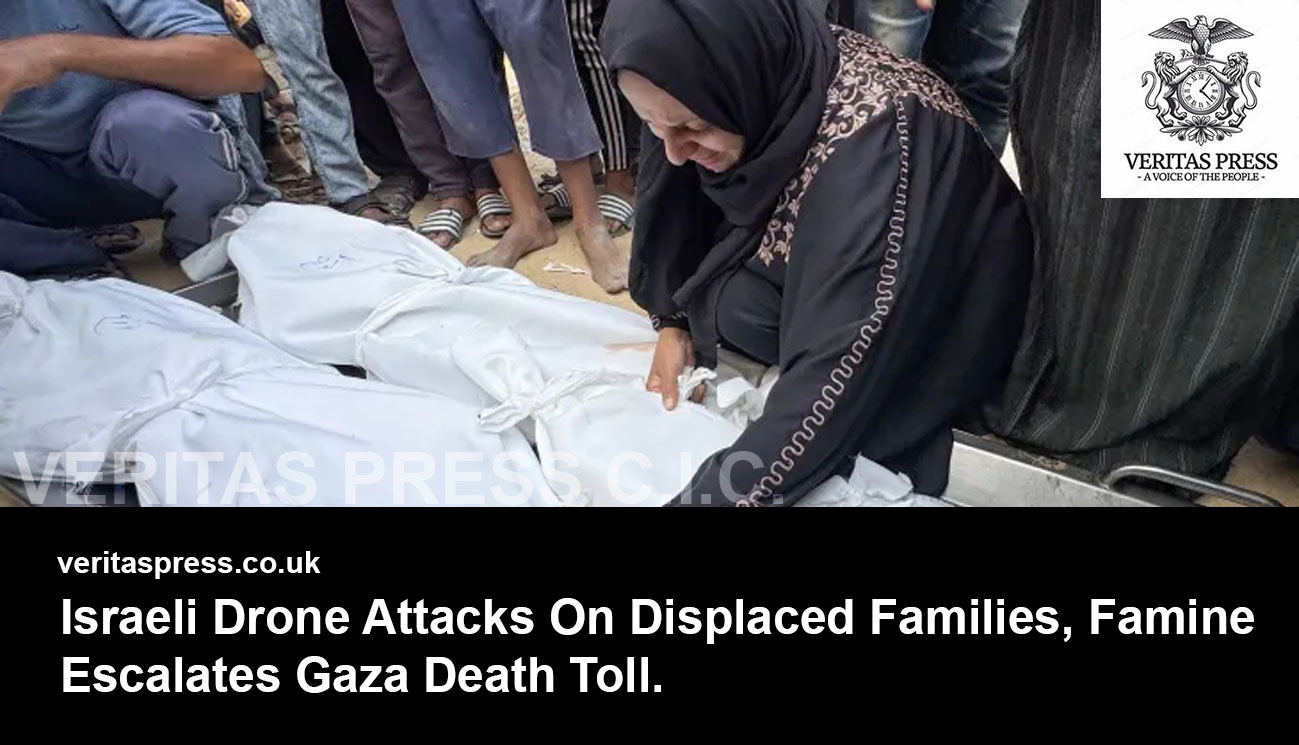
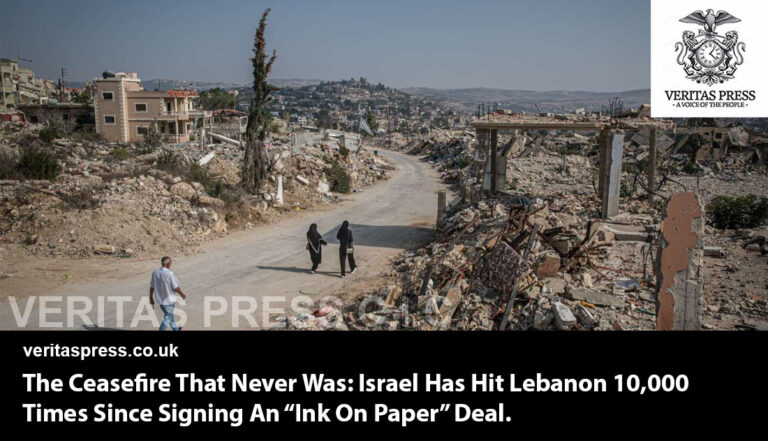





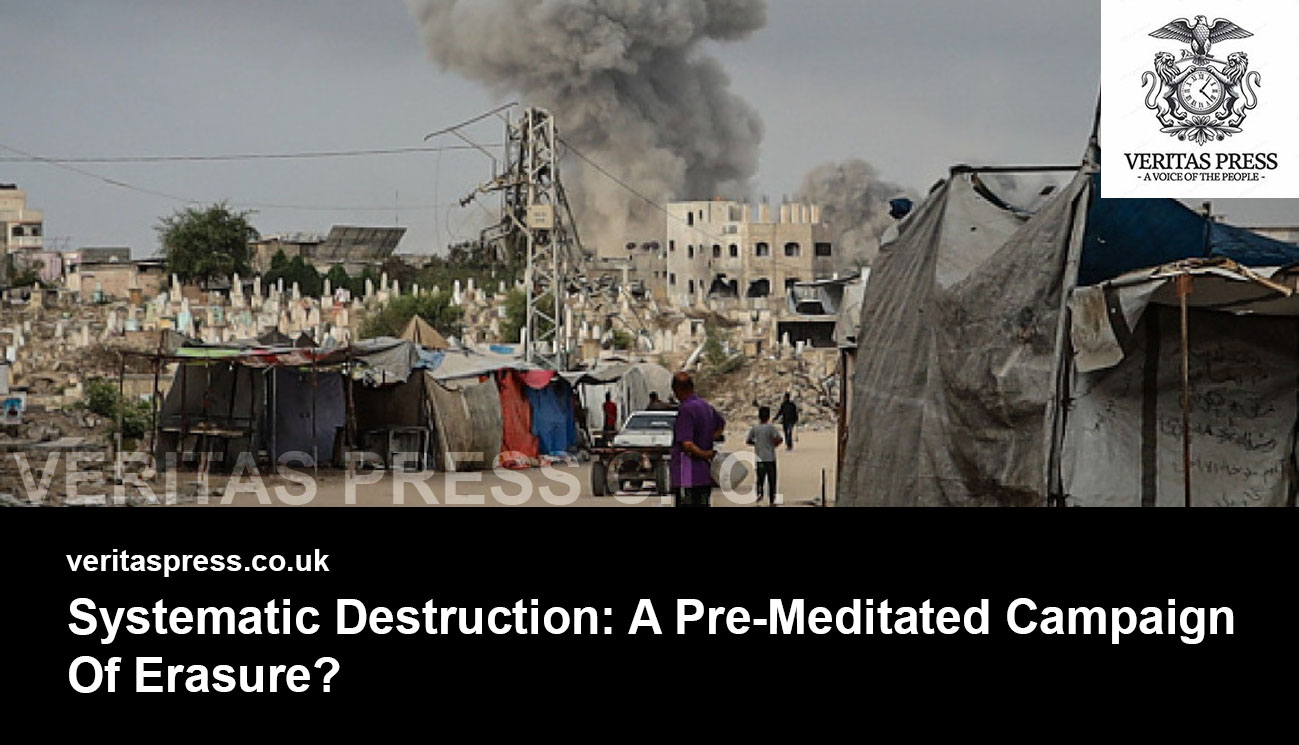
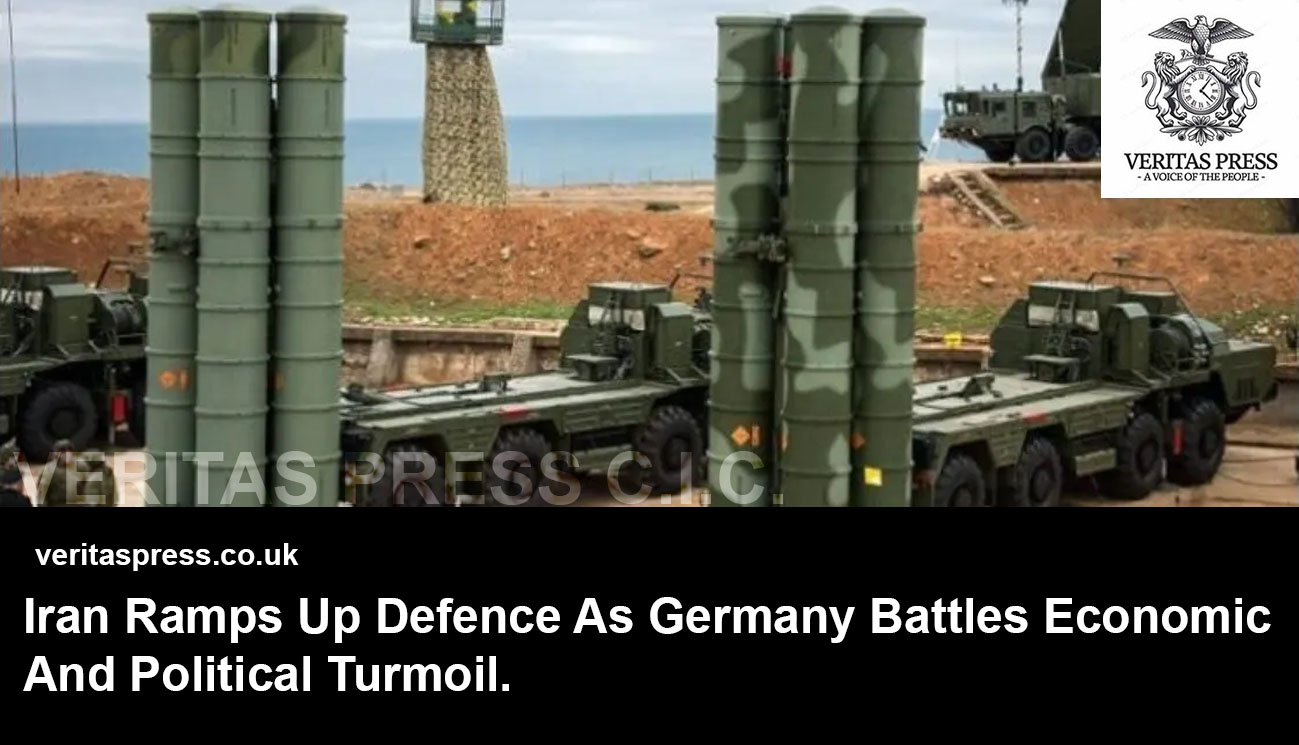

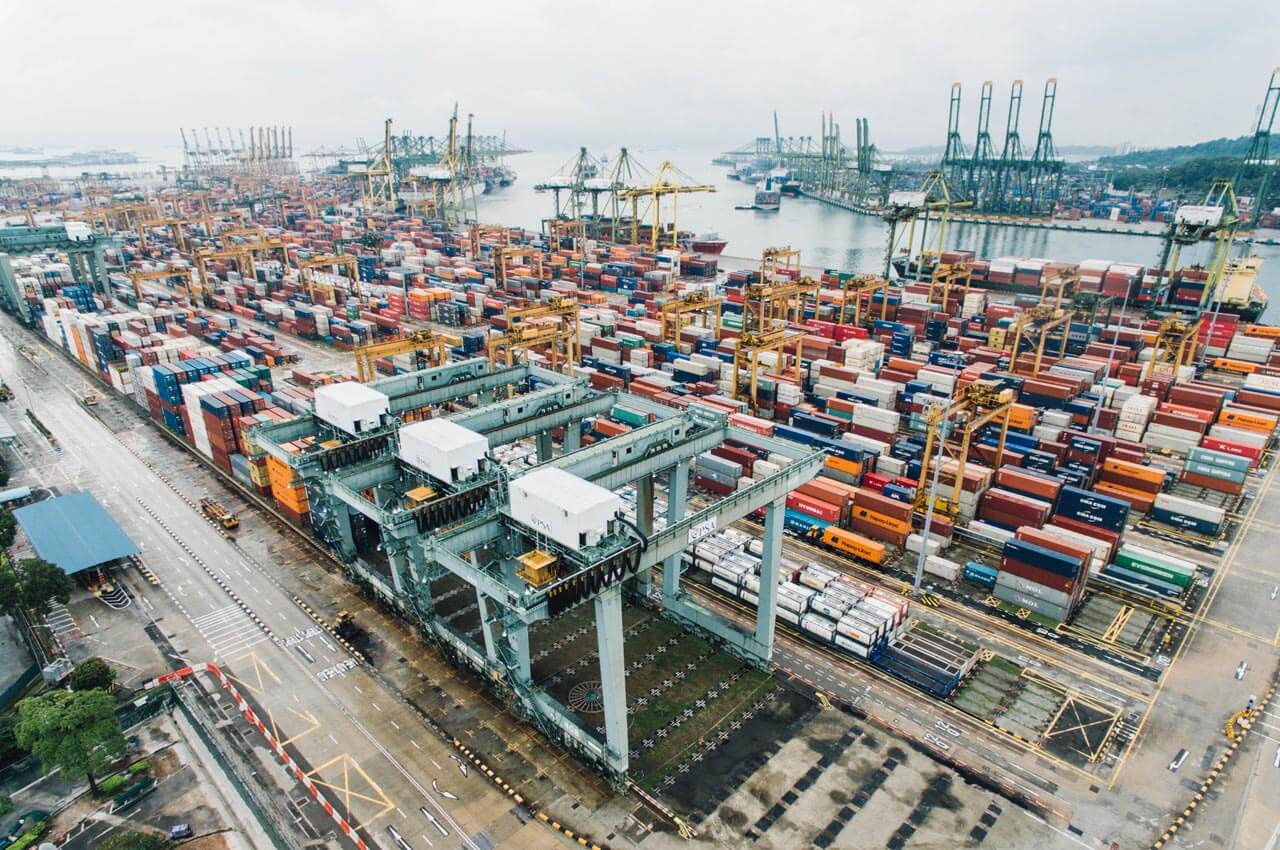









Leave a Reply